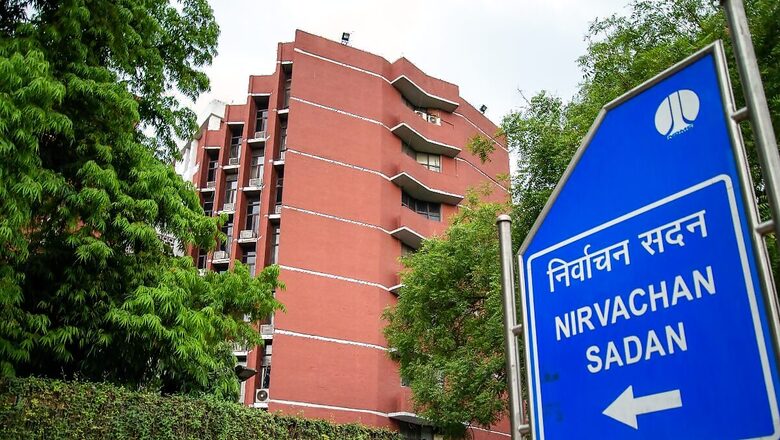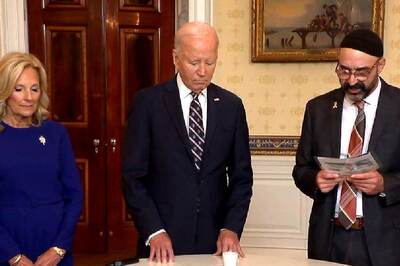
views
The Election Commission of India (ECI) on Friday issued the final order for delimitation of assembly and Lok Sabha seats in Assam, with the total number of constituencies retained at 126 and 14, respectively. However, names of at least 19 assemblies and one Parliament seat have been changed.
In a statement, the poll body said that all assembly and parliamentary constituencies in the state have been delimited based on the 2001 Census as provided in Article 170 and Article 82 of the Constitution.
“The census figures of 2001, as published by the Census Commissioner, have alone been considered for this purpose. The number of seats in the Legislative Assembly in the State of Assam have been kept as 126 and number of seats allocated in the House of People for the State of Assam as 14,” the ECI said, adding that Articles 170 and 82 laid down that the number of seats in the Legislative Assembly of each State and the allocation of seats in the House of the people to the States should not be altered until the relevant figures for the first census taken after 2026 are published.
As per the delimitation order, nine seats in the Legislative Assembly are allocated for Scheduled Castes, while one seat is allocated for Scheduled Castes in the House of People.
Further, 19 Assembly constituencies and two Parliament Constituencies have been reserved for Scheduled Tribes.
“Reservation of constituencies for Scheduled Castes and Scheduled Tribes has been done on the basis of the provisions laid down in Article 330 and 332 of the Constitution of India,” they added.
WHAT DOES THE DELIMITATION ORDER SAY?
For delimitation, the lowest administrative unit has been taken as village in the rural areas and ward in urban areas. These units have been kept intact and have not been broken anywhere in the state.
The order has been prepared based on administrative units of development – Development block, Panchayats and village in rural areas and Municipal Boards, wards in urban areas.
Among the changes are increase in SC assembly seats from eight to nine and ST assembly seats from 16 to 19.
One assembly seat has been added in the Autonomous districts in West Karbi Anglong District and the assemblies in Bodoland districts have increased from 11 to 15.
The ECI has retained Diphu and Kokrajhar Parliamentary seats as reserved for ST and Lakhimpur Parliamentary seat will continue to be unreserved.
Further, one unreserved assembly is in Dhemaji district and one Parliamentary seat namely ‘Diphu’ is reserved for ST, which comprises six ACs of three Autonomous districts.
WHAT IS DELIMITATION?
Delimitation means the act or process of fixing limits or boundaries of territorial constituencies in a country or a province having a legislative body, as per the ECI.
In India, the job of delimitation is assigned to the Delimitation Commission or a Boundary Commission.
Since Independence, the Commissions have been constituted four times — in 1952, 1963, 1973 and 2002.
WHY WAS ASSAM LEFT OUT?
Under the provisions of the Delimitation Act, 1972, the last delimitation of constituencies in Assam was done on the basis of census figures, 1971, by the then Delimitation Commission in 1976.
However, when the exercise was repeated in 2002, Assam was not a part of that.
Not just Assam, but Arunachal Pradesh, Manipur, and Nagaland, were also left out after a Public Interest Litigation (PIL) was filed in the Gauhati High Court challenging the use of the 2001 Census for reference.
In February 2020, then President Ram Nath Kovind paved the way for the delimitation exercise in Assam, rescinding the February 8, 2008 order.


















Comments
0 comment